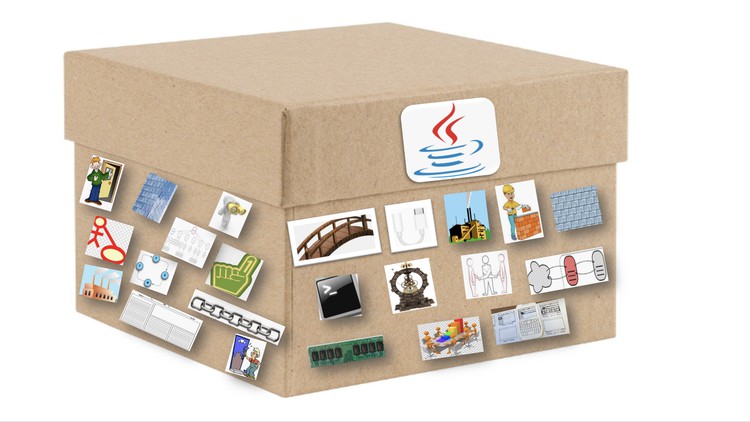
Learn to design reusable and flexible Object-Oriented Software
What you will learn
Design Patterns
Description
Welcome!
My name is Harshith Gandham, and I am going to be the Instructor to this Course.
The intent of this course is to convert you into an “Experienced Object-Oriented Designer”.
Hence, By the end of this course,
You will be able to design reusable and flexible object-oriented software, with ease.
Your design, apart from being specific to the problem at hand, will also be general enough to address future problems and requirements.
You will be able to pinpoint maintainability and extensibility problems in existing designs.
You will be able to design “right” faster.
Finally, You will be a better developer than now.
Inorder to take this course, it is mandatory to have atleast 3 months of programming experience in java.
This course comes with a 30-days money back guarantee.
So, there is really nothing you loose.
By the end of this course,
You will be able to design reusable and flexible object-oriented software, with ease.
Your design, apart from being specific to the problem at hand, will also be general enough to address future problems and requirements.
You will be able to pinpoint maintainability and extensibility problems in existing designs.
You will be able to design “right” faster.
Finally, You will be a better developer than now.
Content
About this Course
Introduction to Design Patterns
Mediator Pattern
Iterator Pattern
Flyweight Pattern
Strategy Pattern
Singleton Pattern
Observer Pattern
Template Method Pattern
Decorator Pattern
Adapter Pattern
Memento Pattern
Facade Pattern
Visitor Pattern
Command Pattern
Simple Factory Pattern
Factory Method Pattern
Abstract Factory Pattern
Prototype Pattern
State Pattern
Bridge Pattern
Composite Pattern
Classification of Design Patterns
HomeWork
SOLID Design Principles
Conclusion